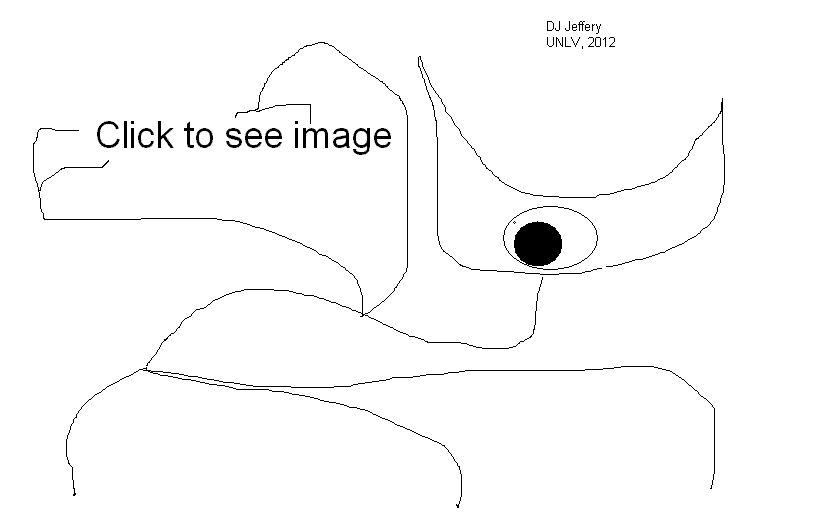
Image 1 Caption: A comparison of modern human (Homo sapien) and Neanderthal skulls in the Cleveland Museum of Natural History, Cleveland, Ohio:
-
Alas, poor Yorick! I knew him,
Horatio ...
-
---Hamlet (c.1601),
Act V, Scene 1, ∼ 60 % down,
William Shakespeare (1564--1616).
See MIT's The Complete Works of William Shakespeare.
Features:
- It seems very likely that the
days of the
lunar month = 29.530588861 days (J2000)
≅ 29.53059 days (mean J2000 to 7 digits) ≅ 29.5 days
were counted for calendrical reasons as far back as people did
counting and those counts
would have been kept track of by some means in many
Paleolithic societies
way back to somewhere in the
Pleistocene (2,588,000--11,650 BP).
- Whenever people started doing such counts, they were doing
astronomy.
And though one can quibble,
after quibbling, one must admit that
astronomy
is the oldest
empirical
exact science.
Empirical means
based on observation unlike
pure pure mathematics.
Exact means quantitative.
- But when did
human sapiens:
start counting?
Did they have to be
behavioral modern?
Maybe.
According to one
theory
behavioral modernity
started circa 50,000 Before Present (BP),
but other theories put the start earlier
(see Wikipedia: Behavioral modernity).
But what of Neanderthals? Did they do counting? It now seems clear that Neanderthals were cognitively different from human sapiens: see Wikipedia: TKTL1 and Sara Reardon, Nature, 2022 Sep08, "A mutation present in modern humans seems to drive greater neuron growth than does an ancient hominin version". But that doesn't mean they couldn't count.
- Maybe one day, a combination of
anthropology,
comparative psychology,
and
ancient DNA
will tell us when
counting began
sufficiently to count
the days of
lunar month.
- Image 2 Caption: Tally sticks from the Swiss Alps from the 18th century to the early 20th century.
- How old is counting and astronomy by the physical evidence?
Well, counting of anything could have been kept track of in many Paleolithic societies on tally sticks.
- There are crescent-moon-shaped cut marks on bones that may be tally sticks in groupings of order 30 from as long ago as circa 44,000 BCE (which is in the Paleolithic) that may in some cases to be counts of days during a lunar month = 29.530588861 days (J2000) ≅ 29.53059 days (mean J2000 to 7 digits) ≅ 29.5 days (No-xxiv).

- Image 3 Caption: The oldest of the possible tally stick bones is the Lebombo bone (c.43,000--c.44,200 BCE), but it is NOT clear it shows a count of days during a lunar month or that it is a tally stick at all.
- Possible tally sticks are our meager physical evidence for early counting and early astronomy.
- Note the lunar month = 29.530588861 days (J2000) ≅ 29.53059 days (mean J2000 to 7 digits) ≅ 29.5 days. Thus, a lunar month counted from first crescent to first crescent could be 29 or 30 days or even shorter or longer if bad weather prevents one from seeing one of the actual astronomical first crescents.
We know in some societies that the start of the lunar month was the observationl first crescent even though that is obviously dependent on weather.
- However, yours truly CANNOT imagine that anyone would let an old lunar month run for many extra days even if the weather continued to prevent an observation of the Moon. Would anyone allow a 40-day lunar month followed by a 20-day lunar month? Seems unlikely. But lunar months differing by a few days from the 29--30 day range probably occurred.
- Note that in ancient times, astronomy and meteorology were NOT always clearly separated---both are about sky phenomena. The Moon is much farther away than clouds, but that is NOT always obvious to naked-eye astronomy. Of course, some persons probably said "Hey, clouds cover Sun ☉ and Moon ☽, but they NEVER cover clouds. Sun ☉ and Moon ☽ must be farther away than clouds and no one has ever thought of this before me."
- Image 2 Caption: Tally sticks from the Swiss Alps from the 18th century to the early 20th century.
-
Images:
- Credit/Permission: ©
User:hairymuseummatt,
2008
(uploaded to Wikimedia Commons
by User:Wapondaponda,
2009)/
Creative Commons
CC BY-SA 2.0.
Image link: Wikimedia Commons: File:Sapiens neanderthal comparison.jpg.
- Credit/Permission: ©
User:Sandstein,
2009 /
Creative Commons
CC BY-SA 3.0.
Image link: Wikimedia Commons: File:SAM PC 1 - Tally sticks 1 - Overview.jpg.
- Credit/Permission: Uncertain, before or circa
2011 / No permission.
Image link: ResearchGate: fig 5 - uploaded by Andrej Kapcar.
Image link direct: Lebombo bone (c.43,000--c.44,200 BCE). Image link: Placeholder image alien_click_to_see_image.html.
File: Archaeoastronomy file: sapien_neanderthal.html.
